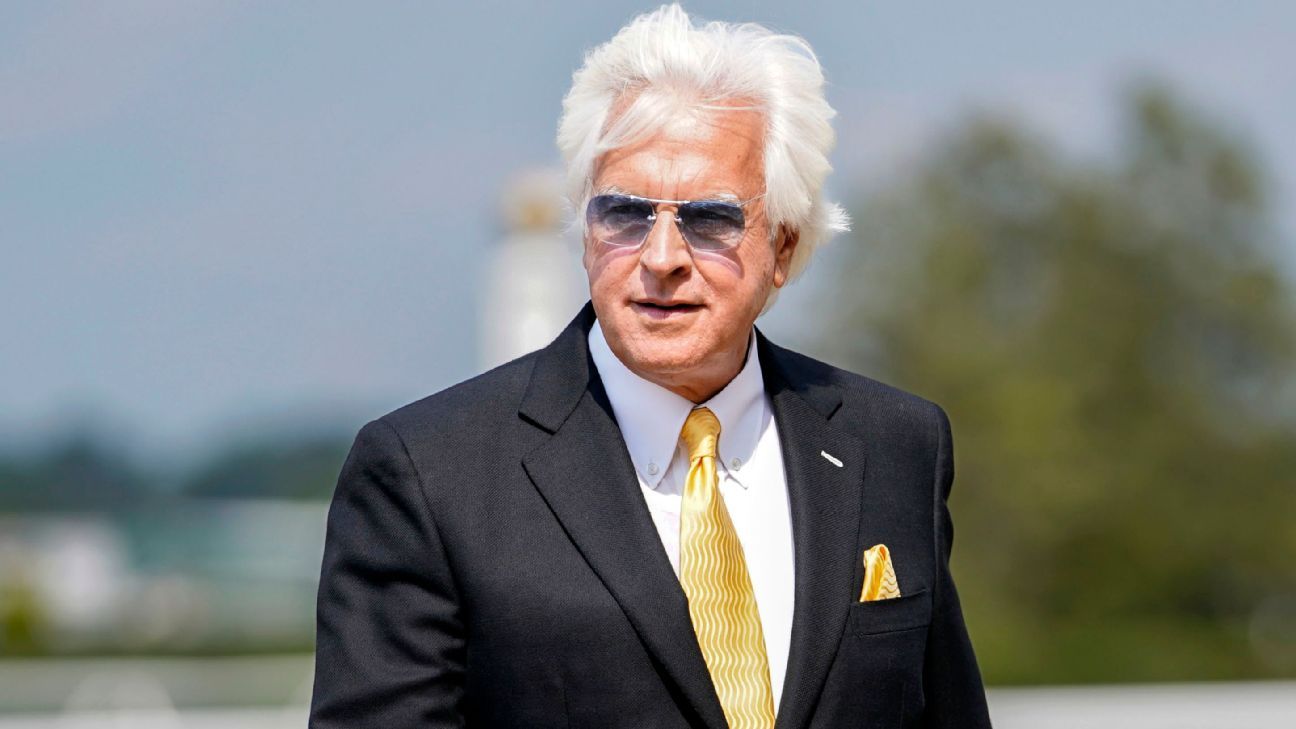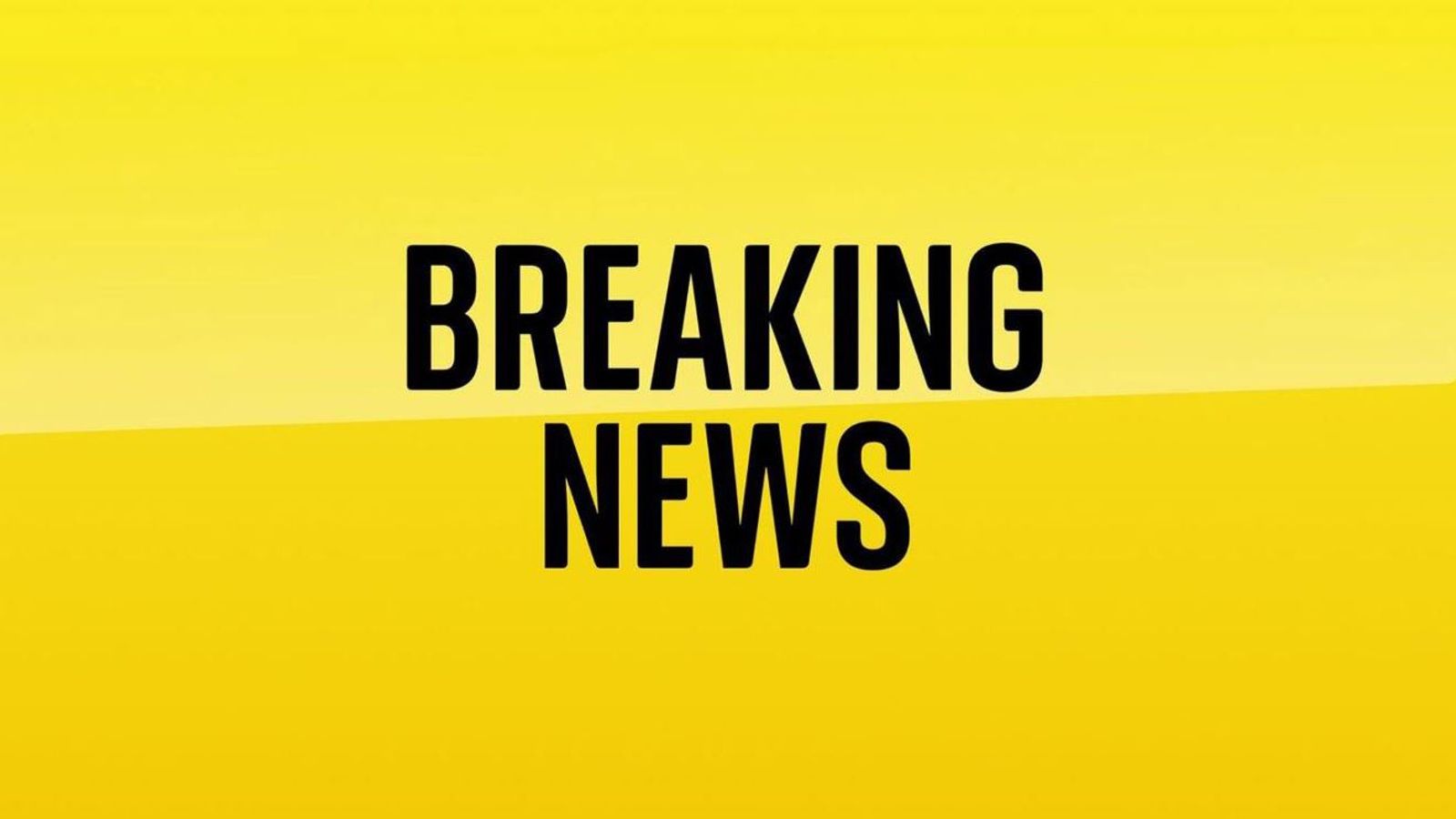MONTERREY, Mexico — It’s been 16 games in 15 days. One host city, two stadiums.
The parameters of the 2022 CONCACAF W Championship look familiar. A top-heavy region known to have two global heavyweights — and then everyone else — has long held short, quadrennial qualifying tournaments each for the World Cup and Olympics. This time, there’s a catch: double jeopardy.
Canada and the United States each qualified for the 2023 World Cup by advancing to the semifinals of the tournament in Monterrey, but only the winner of Monday’s final will book a spot in the 2024 Paris Olympics. The loser will wait a year before competing in a playoff against the winner of Monday’s third-place match, either Costa Rica or Jamaica (both of which already qualified for the World Cup.)
“I think it’s a double-edged sword,” Canada head coach Bev Priestman said this week. “For players, for coaches, there’s a lot on the line.”
– Kassouf: What’s next for Sofia Huerta?
– Oxenham: USWNT without Alex Morgan is an absurd idea
– Don’t have ESPN? Get instant access
A Canada-USWNT final is almost inevitable when both teams are participating in the tournament. When World Cup and Olympic qualifiers are separated, the final is a formality for bragging rights since both teams are already qualified. Monday’s tournament championship means something, at least, but the jury is out on whether this is a better tournament format.
Grouping qualification for the World Cup and Olympics puts CONCACAF in line with other parts of the world — and that is not necessarily a positive. In Europe, Olympic qualification is determined by order of finish in the preceding World Cup. CONMEBOL (South America) has long grouped together World Cup and Olympic qualification based on finishing place at the Copa America, which is also ongoing this month.
Europe’s position has more to do with a congested schedule of already meaningful games. The quadrennial UEFA Women’s Euros (stream matches now on ESPN+) is the biggest continental competition on the globe. UEFA runs years-long qualifying for both the Euros and the World Cup.
In other regions, however, the combined qualifying competition creates dormant women’s teams whose federations scarcely invest in them. Ecuador, for example, appeared at its first Women’s World Cup in 2015. The team lost all three matches there, then went nearly three years without playing an official match, reconvening ahead of the 2018 Copa America, which doubled as World Cup and Olympic qualifying. It lost every game at that tournament, finishing with a -13 goal difference over four games.
CONCACAF proactively tried to combat this problem and incentivize its smaller member nations to invest in and keep active their women’s teams by creating new competitions outside of qualifying. A Nations League like the men’s competition is scheduled to begin in September 2023, and an inaugural Gold Cup will take place in summer 2024.
CONCACAF said upon announcing the sweeping calendar changes last year they “will double the number of official senior women’s national team matches compared to the previous cycle.”
In theory, that creates more meaningful games for programs ranging from those who have never qualified even for the final round of a CONCACAF event, to Jamaica and Costa Rica, teams which have now qualified for multiple World Cups and hope to better challenge the U.S. and Canada in the future.
Creating those opportunities is a positive, but the dichotomy of the progress made for pre-qualification, and CONCACAF doubling down on the two-week final tournament, is perplexing. For all the attempted hype around the region’s most important competition, the U.S. and Canada qualified for the World Cup by winning two games apiece. Tournament hosts Mexico, after some impressive results in the past year in friendlies (including a win over Canada) and victories in pre-qualifying, saw its World Cup hopes slashed for the second straight cycle in a matter of three games at the final stage.
Combine all that with embarrassing crowds (save for the 20,000 fans for the USWNT-Mexico) throughout the tournament for the under-marketed competition — one which is also being played in a city enduring a dire drought which has created local water shortages — and the entire tournament has been anticlimactic. By design, Monday’s final and third-place matches acting as Olympic qualifying salvages some interest.
“I personally don’t like the format,” Jamaica coach Lorne Donaldson said. “But again, this is what we have. Everybody has to play through the same rules and the same tournament. Usually, the deeper your bench is or the deeper your roster is, the better off you are in a tournament like this. Obviously, [Canada and the U.S.] have proven themselves and they have a very deep roster, but we have to try to come in and take are of stuff and see if we can unseat somebody.”
The big question is whether a proper, balanced qualifying schedule will ever exist on the women’s side. World Cup expansion on the men’s side will erode the drama of the “The Hex” — the six-team, 10-game final round of World Cup qualifying which saw each team play the other five once at home and once away. That has already expanded to eight teams. The format produced drama on every matchday, including in back-to-back cycles when Mexico barely even qualified for the intercontinental playoff on the final day (for 2014 World Cup), and the U.S. eliminated from the World Cup entirely on the final day of the subsequent qualifying.
Like FIFA expanding the Men’s World Cup to 48 teams in 2026, the expansion of the Women’s World Cup to 32 teams next year means that six of the eight regional finalists keep World Cup hopes alive coming out of the CONCACAF W Championship. It is difficult to find any format which would make that dramatic, but there are options which would allow each nation to host final-stage games and harbor greater hopes for a longer period of time.
For better or worse, each CONCACAF nation boasts peculiar challenges which make playing there difficult for visiting sides. From a flooded field in Trinidad, to a raucous crowd in Mexico, or hotel alarms getting pulled in the middle of the night in Honduras — all of which are stories told on the men’s side — there are serious challenges to life on the road which can test the mental fortitude of even the best teams.
Canada and the U.S. — especially as more professionalized teams with resources like private chefs — simply don’t face this type of adversity in games that matter. Not until the World Cup or Olympics themselves.
How would the U.S. have handled early pressure from Haiti in the opener, when the Americans nearly conceded three times in the first half, had they been playing in front of a sellout crowd in Port-au-Prince? How much more difficult would it have been for the U.S. to beat an organized Costa Rica side in a must-win game if the Americans couldn’t hear themselves communicate in Saprissa? And how much better would everyone be for it, from the U.S. gaining valuable experience in adversity to challenger nations growing interest in their women’s teams?
“It’s absolutely critical to have games like this,” U.S. captain Becky Sauerbrunn said after Monday’s narrow 1-0 victory over Mexico, recalling the U.S.’s loss to Mexico in Cancun 12 years prior which nearly caused the world’s No. 1 team to miss the 2011 World Cup.
“It’s really hard to replicate these types of games, with this type of crowd, playing in front of the home crowd.”
United States head coach Vlatko Andonovski deflected earlier in the tournament when asked about the format. On the eve of the semifinals, Priestman said she sees both sides, but embraced the added pressure.
“For me personally and for this group, it’s probably the reach that we want,” Priestman said. “I think setting that bar high and reaching for it is something that the best players in the world want to do. So, I think to have both on the line is important. I think that sort of safety net, if you don’t finish top of this tournament, to then be able to go and qualify, is also great. What you’re seeing in this tournament is how the gap is closing. That makes it even more difficult and there’s more on the line.
“There’s pros, there’s cons, but I think everyone knew what they were coming into and we’re here to make sure that we get to that Olympics.”
Canada star Christine Sinclair, the world’s leading goal-scorer, echoed much of what her coach said about the tournament format before ending with a laugh: “We’ll see if we win, then we’ll love it.”











